Thinking about K-Beauty for your business? Get guidance → Book a consultancy session
Menu
Thinking about K-Beauty for your business? Get guidance → Book a consultancy session
Products
K-Beauty vs Top Trending Global Beauty
November 01, 2024

K-Beauty vs Top Trending Global Beauty
Korea has officially surpassed France as the top exporter of beauty products to the US. But how do Korean beauty brands differ from global beauty brands? On episode 250 of the Korean Beauty Show, Lauren takes a look at the data and offers her thoughts as an industry veteran. Plus, stick around if you’re keen to hear which Korean foundation to try, plus a recommendation for an expert who breaks down the science behind your favourite Korean skin care products.
GET IN TOUCH
- Book a Consultation
- Watch the Show on YouTube
- My Instagram
- Shop Kbeauty
- Shop Jelly Ko
- Follow us on TikTok
- Stay up to date with the latest K-Beauty
- Find Your Perfect K-Beauty Product Quiz
K-Beauty News
1 Korea surpasses France as the top exporter of beauty products to the US this year
Data from the USITC shows that in 2024, Korea has surpassed France as the top exporter of beauty products to North America in the first four months of the year. This represents a 20.1% share of the market or $447.1 million. This is obviously a significant milestone and represents a departure from previous years.
2 Gelato Glaze Lip Mask wins a Prevention Best of Beauty Award
Our Gelato Glaze Lip Mask just took home the prize for "Best Lip Glaze" at the 2024 Prevention Best of Beauty Awards!
The judging panel said:
“Its buttery texture and beautiful gloss make this lip mask a winner for round-the-clock wear, whether you want smooth, kissable lips by day or an effective lip mask for night.
Packed with goodness, including nine essential amino acids to support healthy skin, along with decadent oils and butters, it’s an exceptional formula, elevated by the miniature gold butter knife it comes with for application – adorable!”
That takes Jelly Ko to a total of TWO Prevention Best of Beauty awards, with our Cherry Blossom Sleeping Mask having won last year.

Question of the Week: How do Korean beauty brands differ from those that are supposed to be the best in the world?
Thank you to the listener who submitted this question.
Firstly, I think it’s important to note that international beauty brands, particularly the luxury ones, are actually very popular in Korea. Dior, Chanel etc are highly regarded and considered aspirational purchases for a lot of Koreans. In general, Koreans love branded luxury items (명품) and this extends to beauty products as well.
But that’s not what our listener was asking.
Now, are there differences in texture, formula and feel between Korean and western products? Yes, there are. However, I think the differences go beyond that and there's data to back it up.
Let's take a look at the keywords that receive the most attention on the major beauty platforms in Korea and the US in the second quarter of 2024:

There are some striking differences in these words that highlight the alternative approaches to beauty in the two countries. Interestingly, they both include the same common keyword “barrier”.
K-Beauty to Try:
If you are after a Korean foundation that offers medium coverage, is sensitive skin friendly, has a lightweight feel and comes in slightly more shades than the regular 21 and 23 then I can recommend VDL Perfecting Foundation Cover Stain.
Now, as a product that is primarily sold in the local Korean market it doesn't have the same shade range as you would see for a product sold internationally. It comes in 7 shades, which sounds awful, but is surprisingly more than the average for a Korean beauty brand that does most of its marketing in Korea.

I am testing out a bunch of Korean foundation products at the moment but this one I actually really like. I would describe it as "your skin but better". I recommend applying it with a primer underneath, that seems to work better than applying straight over sunscreen.
For context, I wear shade A02.
Recommendation of the Week
If you love knowing the science behind some of your favourite Korean beauty products and whether a particular product will actually work or its just marketing hype go and check out Dr Rachel Ho on social media.
She debunks a lot of the top trending products, explaining the limitations of topical ingredients and pointing out the benefits you can expect from certain products.
She recently did one debunking topical PDRN serums, which was excellent.
Shop Now
There are some striking differences in these words that highlight the alternative approaches to beauty in the two countries. Interestingly, they both include the same common keyword “barrier”.
- Lauren Lee, K-Beauty Expert and Host of the Korean Beauty Show podcast

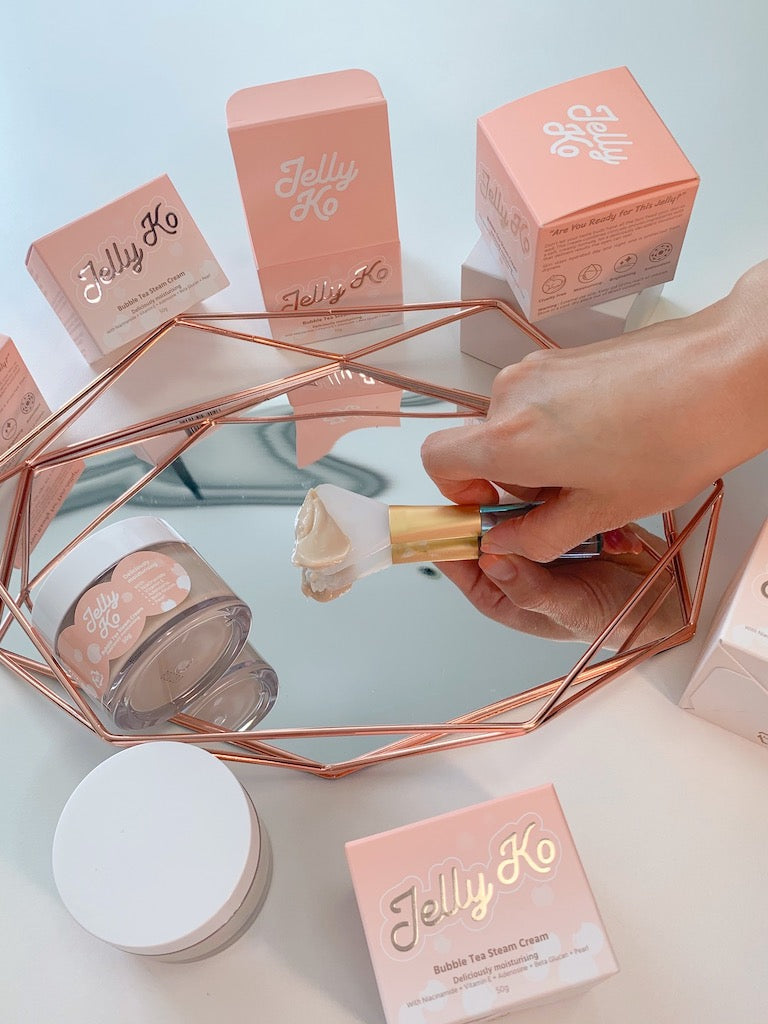
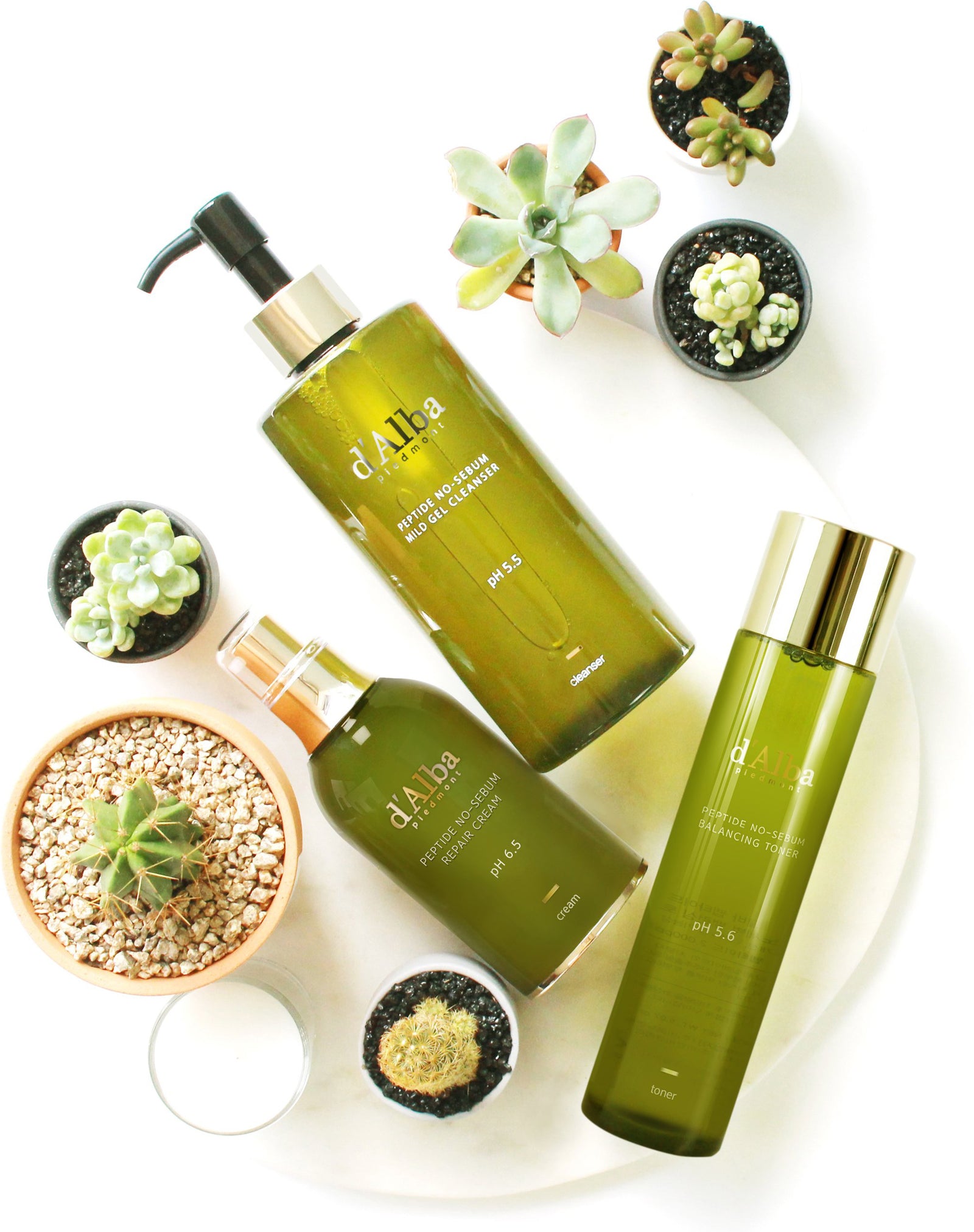
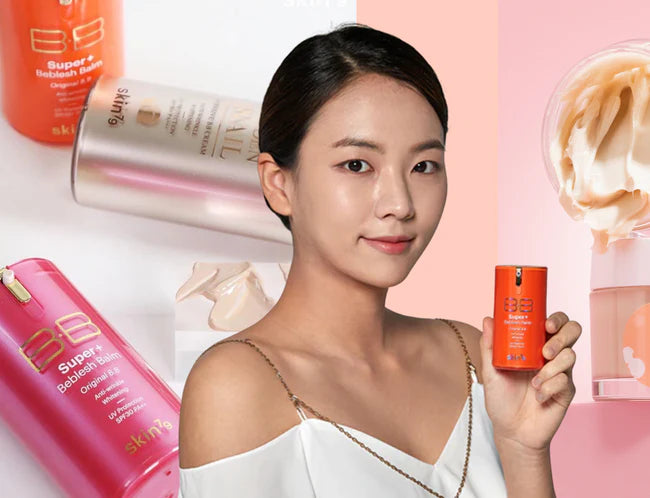
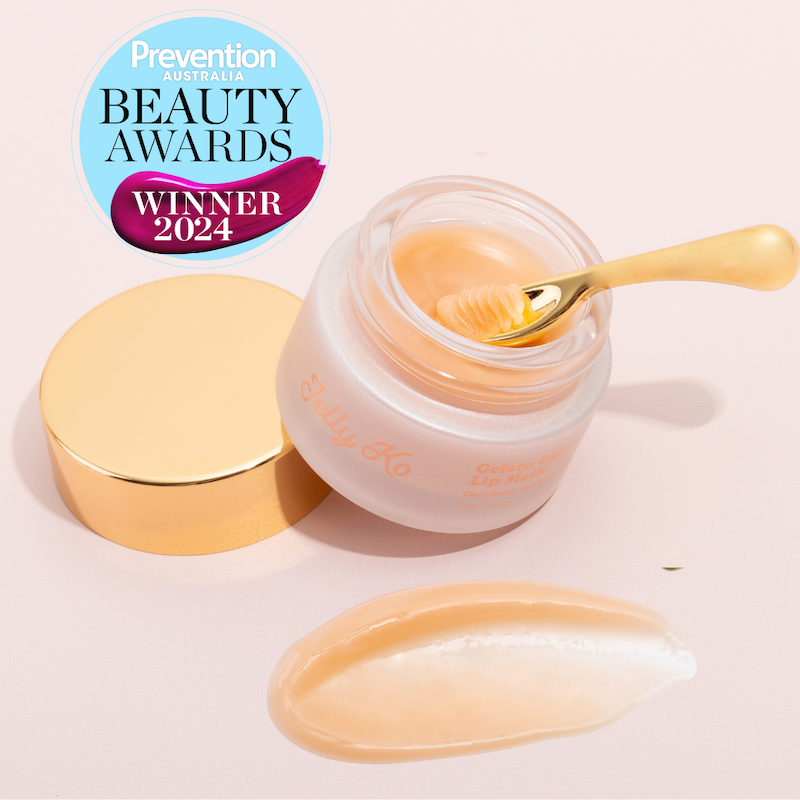
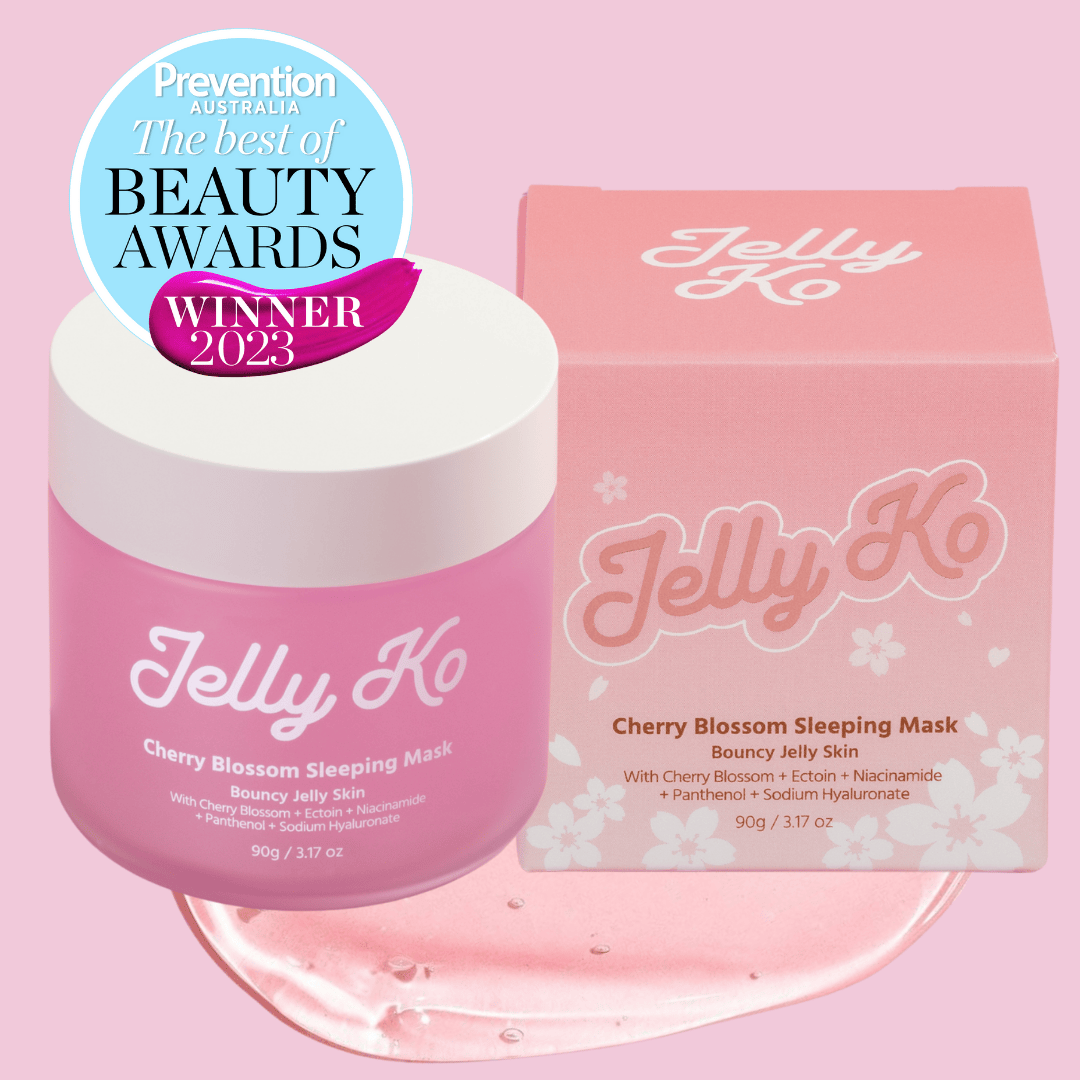
Leave a comment
Comments will be approved before showing up.